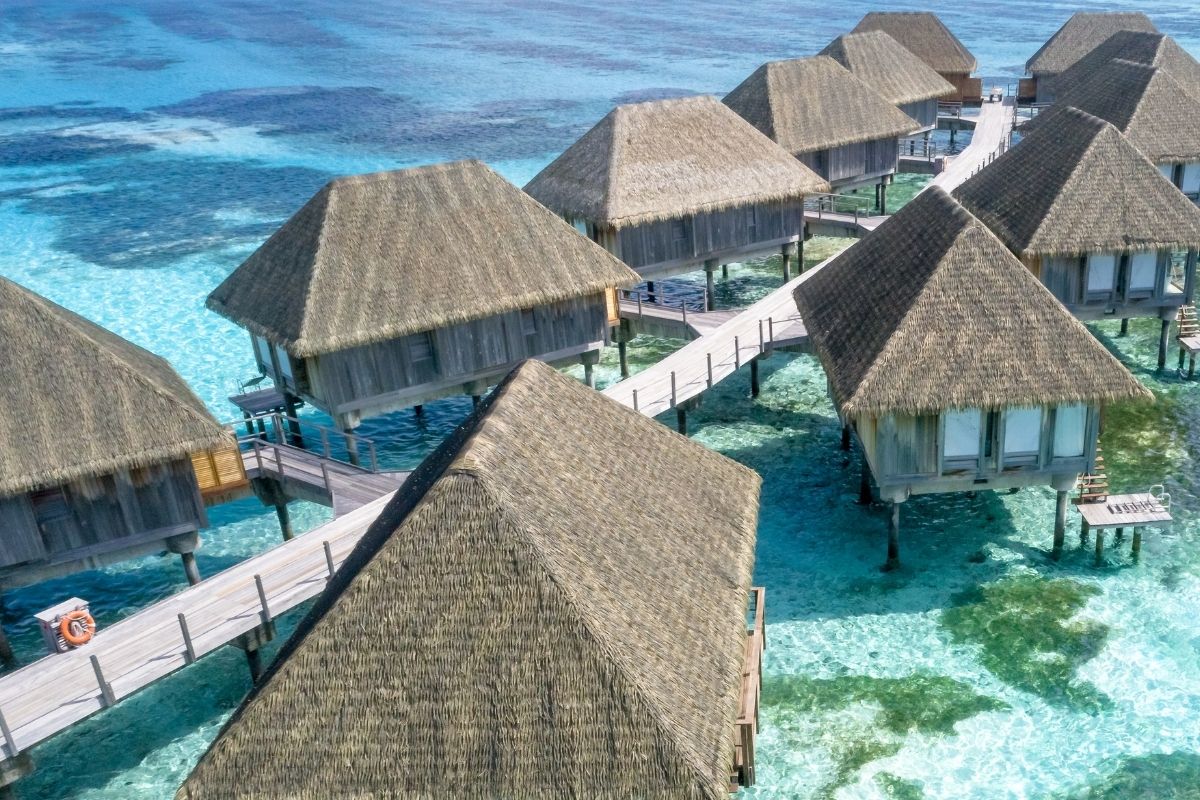How Brands Generate Demand and Loyalty: Digital Marketing and Generating Demand
One of the biggest challenges for a service and hospitality business is intangibility. Another is disappearing inventory – if you don’t sell it tonight, it’s gone.
More importantly, you want your customers to dream about staying onboard your cruise and coming to your hotel. With social media and electronic marketing tools, you can actually cost-effectively reach more customers.
But, there’s an overabundance of information. How do you get your information across? When does the consumer use their cell phone? When are they on their desktop? When is the best time to reach them? When are they dreaming? When do they make decisions?
For example, March. January, February, March are the heavy booking times for summer cruises. That’s the time to promote and reach your customers. You can do this through traditional advertising too!
Carnival Cruise Line is involved with many TV shows. They use the old love boat method where consumers see a mini-series happening on a cruise ship. As a result, they get the desire to travel.
Many cruise lines still heavily rely on travel agents. Why?
Because the market penetration of cruise lines in the United States is 13%. Only 13% of the population has taken a cruise. Globally it’s 2% – only 2% of the global population has taken a cruise. In China, it’s only 1%. There is a lot that needs to be done in those markets to build awareness. In many cases, travel agents are still the best way to reach customers. But then if you look at airlines, nobody goes to a travel agent to book a flight.
Customers often use distribution channels, like Expedia and Kayak, which consolidate all the information from various websites. The distribution challenge for airlines is to make sure that if you check through Kayak, the best rate for a flight is on your own site.
If a person books through Expedia, the airline may have to pay 10% to 20% to Expedia. The same goes for hotels. They may have to pay 10% to 20% per booking to booking.com, hotels.com, or Expedia. So you want these customers to book directly with you on the Marriott site or the American Airlines site.
But if you are a small or independent hotel, then you don’t have the marketing power. You don’t have the budget. So often, you may need Expedia to build awareness. It’s a trade-off. You may pay 20% for Expedia to get the booking, but if you don’t do that, you might get no business.
But slowly and by going through consortiums, like Leading Hotels of the World, you can get distribution power behind your brand. You’ll also get access to the consumer. With the exception of grocery stores, many of the hospitality services – car rentals, airlines, hotels, restaurants, are all booked electronically. You can generate demand by taking advantage of these platforms.


